





 |
 |
 |
 |
 |
 |
| Peter Kwok | profile | all galleries >> Japan 2010 >> Osaka 大阪 >> Osaka Castle 大阪城 | tree view | thumbnails | slideshow | map |
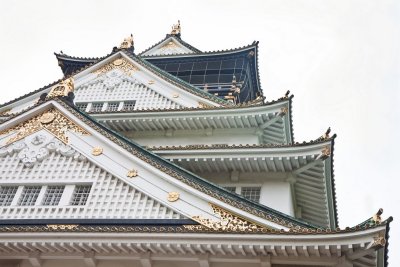 Tenshu-kaku天守閣 |
 Tenshu-kaku天守閣 |
 View to the Southwest |
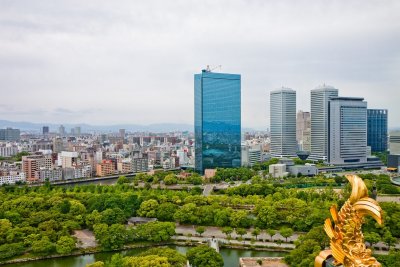 View to the Northeast |
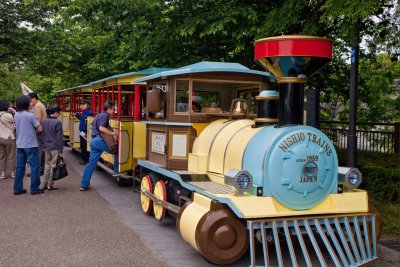 Osaka Castle Road Train |
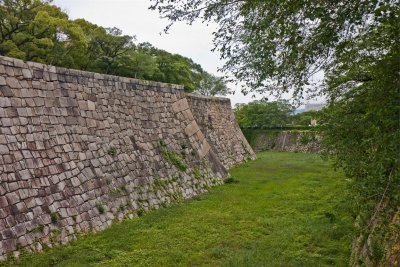 Dry Moat |
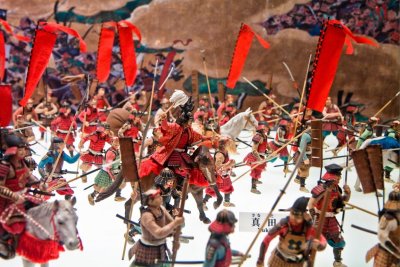 The Last Battle |
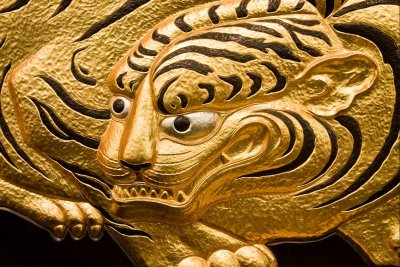 Fusetora Tiger |
| comment | share |